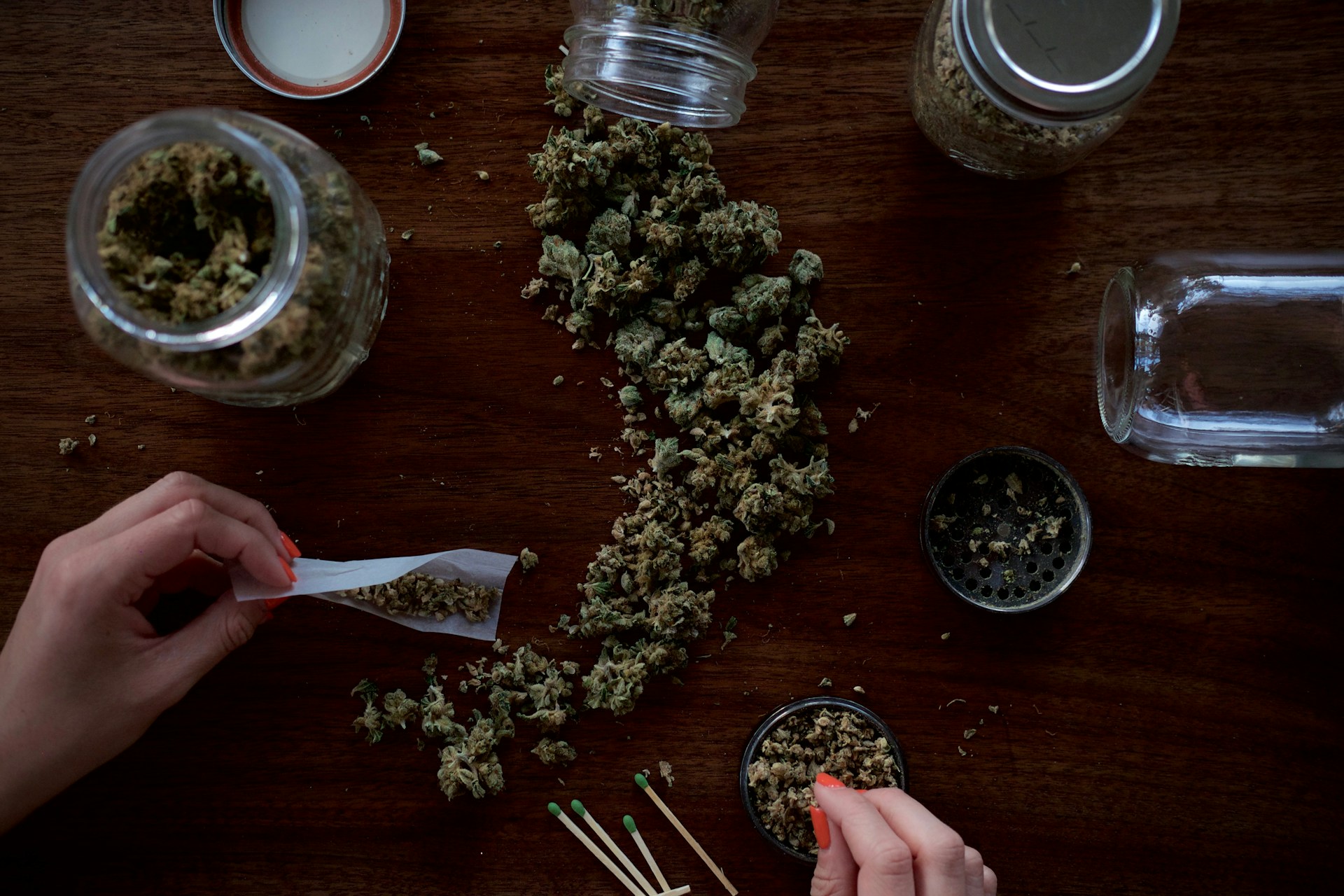
As the cannabis industry continues to evolve and expand, so does the need for an emphasis on sustainable, eco-friendly practices across the entire ecosystem. As responsible members of the global community, it’s crucial that we’re mindful of our carbon footprint and committed to minimizing the environmental impact of cannabis cultivation. By championing sustainable practices, we’re not only safeguarding our planet’s precious resources but also investing in the long-term health and prosperity of the cannabis market as a whole – ultimately benefiting consumers, producers, and the environment alike.
At 406 Essence, we believe that sustainability is an integral part of the cannabis conversation and a cornerstone of responsible, forward-thinking cultivation. Our mission is to foster greater awareness of environmentally friendly practices in the cannabis industry, provide access to sustainable cannabis products, and empower our clients with the knowledge needed to make informed decisions for their health and the planet’s future.
By deepening our commitment to sustainable practices, let’s create a world where we can all breathe easy, knowing that we’re part of the solution – ensuring the long-term health and prosperity of the cannabis industry and the environment it depends on.
Challenges in Sustainable Cannabis Cultivation
The rapid expansion of the cannabis industry has brought to light several significant challenges with regard to its impact on the environment. These challenges center around four key areas:
- Energy Consumption: The energy-intensive nature of indoor cannabis cultivation poses a major hurdle in the quest for sustainability. With high electricity demands for artificial lighting, climate control systems, and ventilation, indoor cannabis facilities can consume vast amounts of energy—ultimately contributing to increased greenhouse gas emissions.
- Water Usage: Cannabis plants have a considerable thirst, with some estimates suggesting that a single plant can require up to six gallons of water per day. In drought-prone regions especially, this level of water consumption can have far-reaching ecological consequences.
- Soil and Nutrient Management: Synthetic fertilizers, pesticides, and other chemicals used in conventional cannabis cultivation can contaminate soil, water, and air. Additionally, large-scale monoculture practices can lead to soil depletion and loss of biodiversity.
- Waste and Packaging: Cannabis cultivation generates a significant amount of waste, ranging from plant debris to single-use plastic packaging. Inadequate waste management practices can result in landfill overflow and further environmental degradation.
Solutions for Eco-Friendly Marijuana Cultivation
By taking a proactive approach and embracing sustainable practices, cannabis cultivators can address the industry’s environmental challenges head-on. Here are four key strategies for minimizing the ecological footprint of cannabis cultivation:
- Embracing Energy-Efficient Practices: Energy-efficient lighting, such as LED or ceramic metal halide (CMH), can significantly reduce the electrical demands of indoor grows. Furthermore, implementing solar panels, efficient climate control systems, and ventilation heat recovery can also contribute to lowered energy consumption and a reduced carbon footprint.
- Water Conservation Techniques: Sustainable water management practices, such as drip irrigation, rainwater collection, and the use of advanced sensors to monitor soil moisture levels, can optimize water usage and minimize waste. Additionally, selecting drought-tolerant cannabis strains for cultivation can help reduce the industry’s overall water demand.
- Organic and Regenerative Agriculture: Organic cultivation emphasizes the use of natural fertilizers, such as compost and worm castings, instead of synthetic chemicals, effectively reducing the risk of soil, water, and air contamination. Regenerative agricultural methods, such as cover cropping, crop rotation, and polyculture cultivation, can help improve soil health, sequester carbon, and promote biodiversity.
- Sustainable Packaging and Waste Management: By opting for biodegradable, compostable, or recyclable packaging materials, cannabis businesses can reduce their reliance on single-use plastics and minimize waste production. Proper composting and recycling methods can further help to manage waste and create a circular economy within the industry.
The Importance of Consumer Choice and Education
The shift towards sustainable cannabis cultivation relies heavily on informed consumer choices and engagement with sellers. By choosing to support businesses that prioritize eco-friendly practices and source their products from sustainably-minded cultivators, consumers can directly influence producers to invest in greener alternatives.
Educating consumers about the ecological implications of their choices can also drive change within the industry. By raising awareness about the environmental footprint of cannabis cultivation, consumers can be empowered to seek out eco-friendly products and spread the message about the importance of sustainability within the cannabis community.
Conclusion
The viability and long-term success of the cannabis industry depend on a commitment to ecologically responsible and sustainable practices. By embracing energy-efficient technologies, water conservation techniques, organic and regenerative agriculture, and sustainable packaging solutions, cultivators and producers can effectively minimize the environmental impact of cannabis cultivation.
At 406 Essence, the leading cannabis dispensary in Billings, Montana, we are committed to promoting sustainable practices in the cannabis industry. Our goal is to empower our clients with the knowledge and tools needed to make informed choices that benefit both their well-being and the environment. Join us today and explore our range of eco-friendly products and services.
